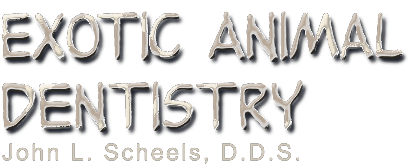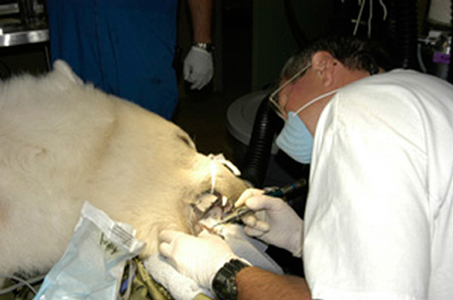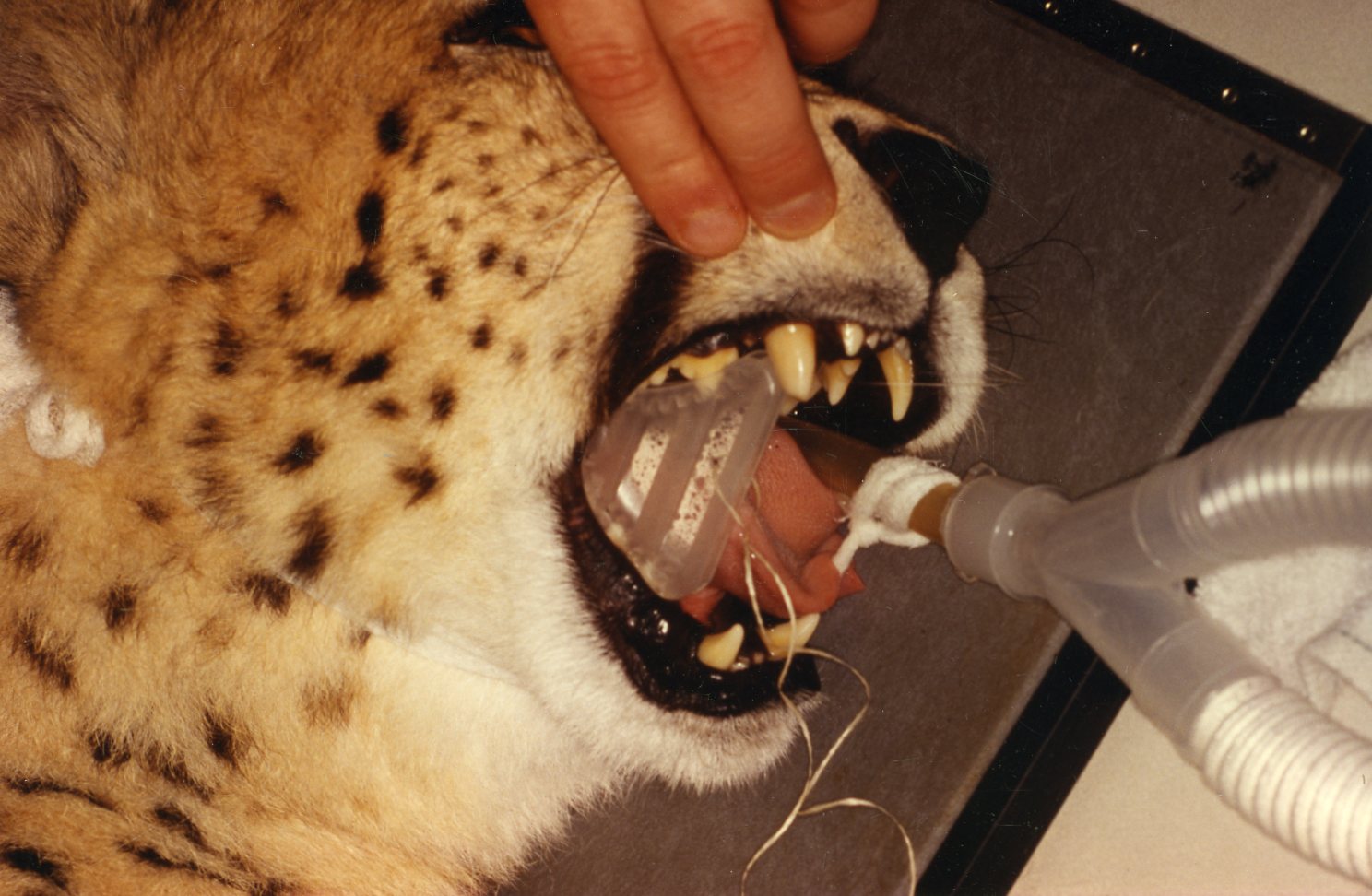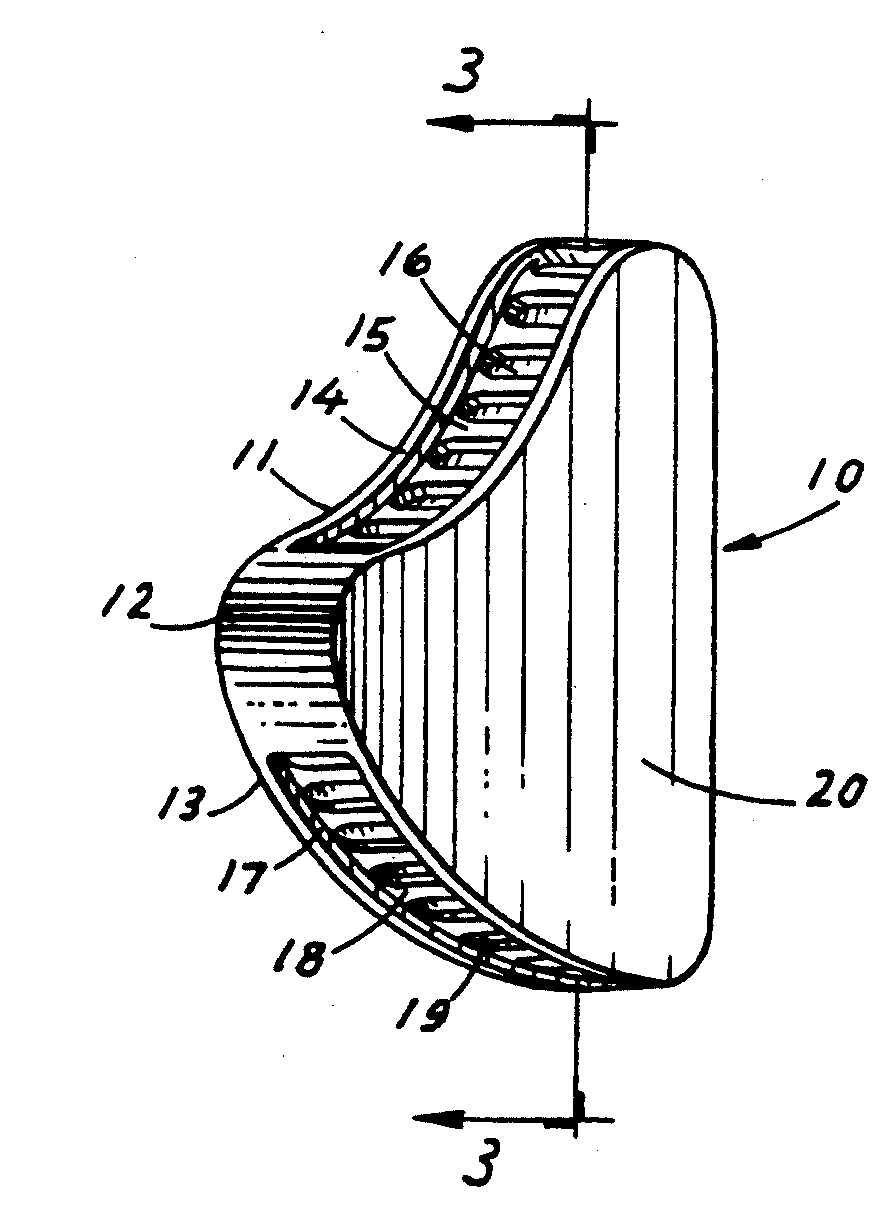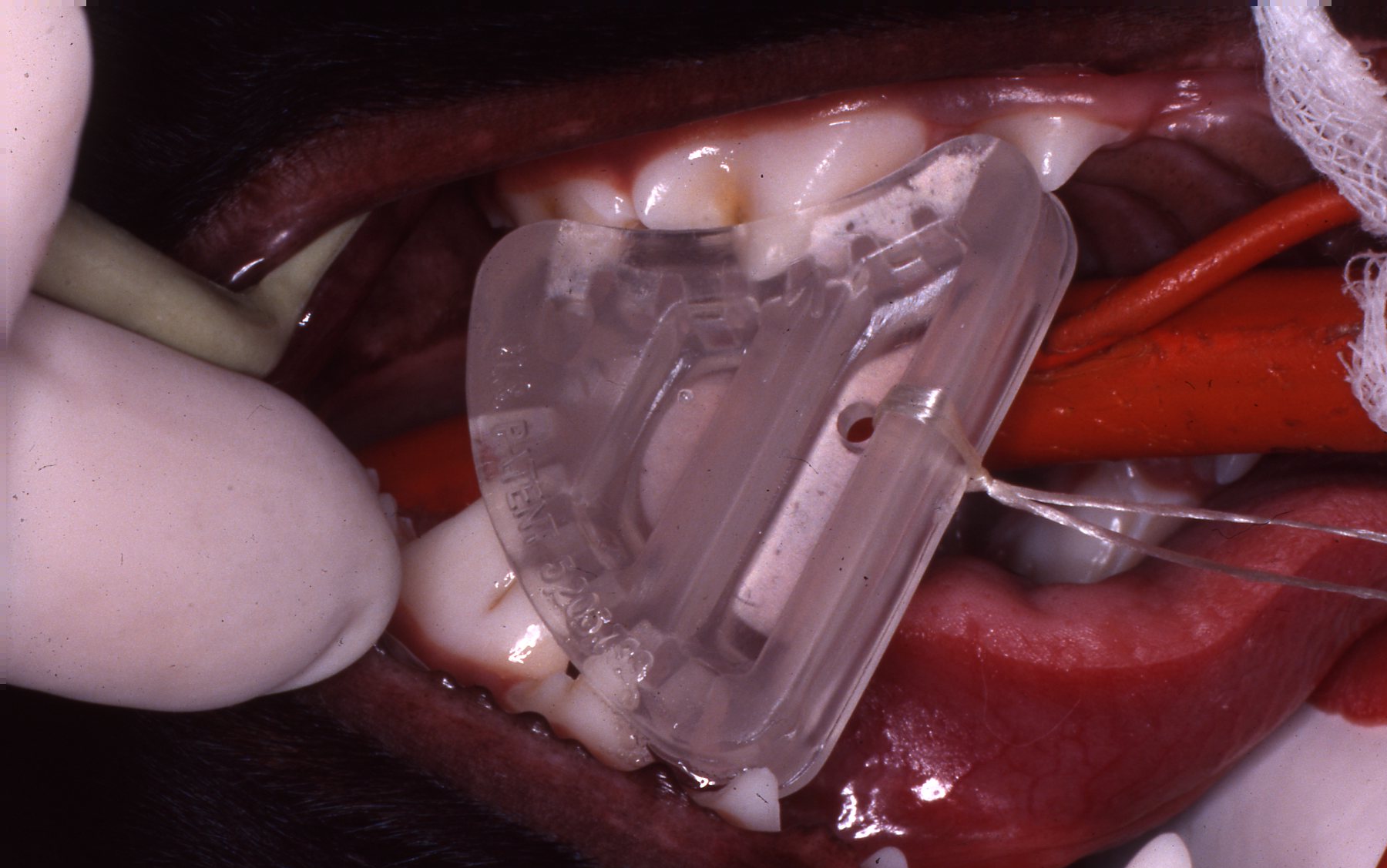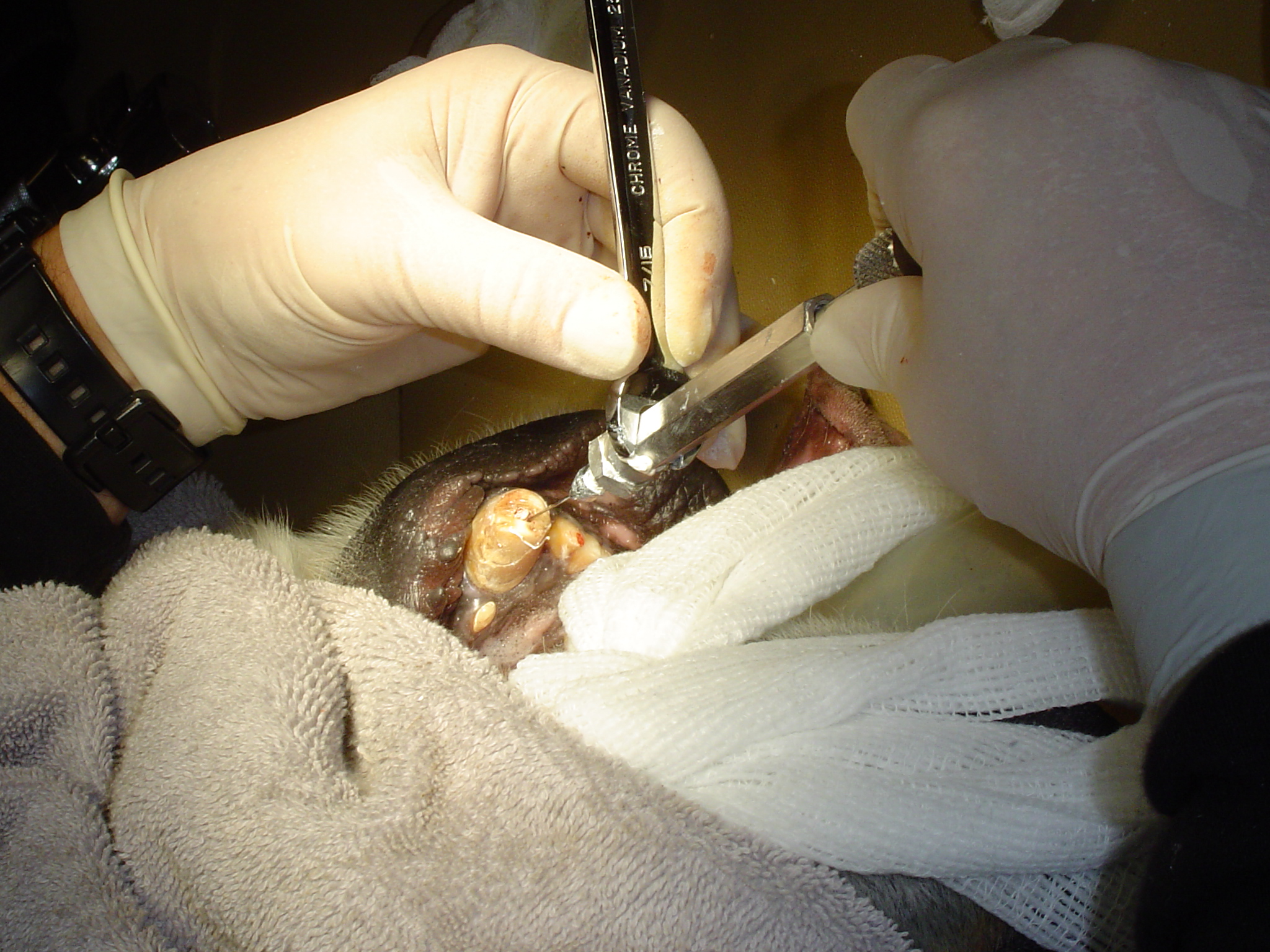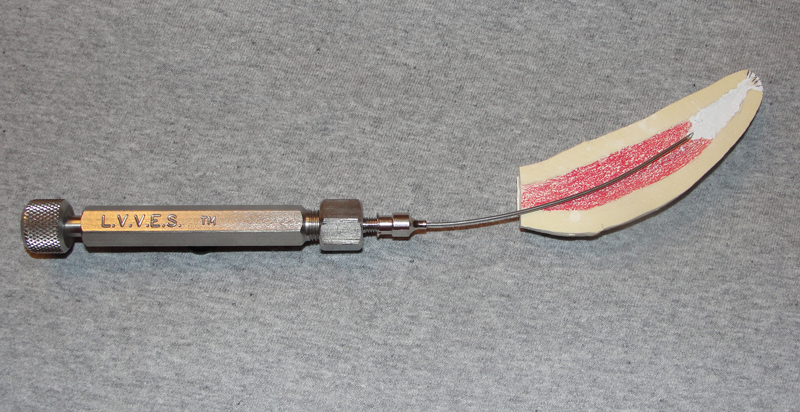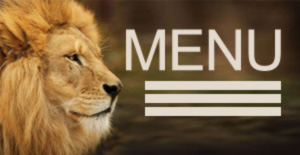
References
This is a list of fundamental resources and references that Dr. Scheels uses to prepare for exotic dentistry cases.
- American Association of Zoo Veterinarians (AAZV)
- Foundation for Veterinary Dentistry. Membership will provide access to the most comprehensive collection of veterinary dentistry information. The publication is primarily focused on small animals, dogs and cats but also often has excellent information on other species. The annual conferences and proceedings are also excellent.
- A Colour Atlas of Veterinary Dentistry and Oral Surgery, by Peter Kertesz, Wolfe Publishing/Mosby Year Book, Europe LTD, 1993
- Colyers Variations and Diseases of the Teeth of Animals, by Sir Frank Colyer (original edition 1936) Revised Edition by AEW Miles and Carloline Grigson, Cambridge University Press, 1990
- Equine Dentistry, Third Edition, Editors Jack Easley, Padraic M. Dixon, James Schumacher, Saunders, 2010 (New edition since)
- Journal of Zoo and Wildlife Medicine
- Mammal Evolution, by RJG Savage, MR Long, Facts on File and The British Museum (Natural History), 1986
- Mammal Teeth, Origin, Evolution and Diversity, by Peter S. Ungar, The Johns Hopkins University Press, Baltimore, 2010
- Medicine and Surgery of South American Camelids, Llamas, Alpaca, Vicuna, Guanaco, by Murray E Fowler, Iowa State University Press, 1989
- Teeth, by Simon Hillson, Institute of Archaeology, University College London, Cambridge University Press, 1st Edition 1986, 2nd 2005
- The Mammalian Radiations, an Analysis of Trends in Evolution, Adaptation and Behavior, by John F Eisenberg, The University of Chicago Press, 1981
- The Ultimate Ungulate Page
- Veterinary Dentistry, Principles and Practice, Robert B Wiggs and Heidi B Loprise, Lippincott-Raven, 1997 (1st Ed)
- The proceedings of the 1986, 1989, 1991 and 2002 American Association of Zoo Veterinarians Conferences. There are available on CD-Rom several AAZV annual conferences. Attendees were provided these CD-Roms. These conferences proceedings each included up to 20 or more papers that were presented. They include the entire range of zoo dentistry and still serve as valid, basic procedure references.
- ZOODENT International
Reference Articles:
- A Retrospective Review of Dental Care and Related Husbandry of Captive Great Apes Over 37 Years (1982–2019) at Milwaukee County Zoo. Scheels JL. Journal of Veterinary Dentistry. 2023;40(3):243-249. https://journals.sagepub.com/doi/10.1177/08987564231151843
- Ages of eruption of primate teeth: A compendium for aging individuals and comparing life histories. Holly Smith, B., Crummett, T.L. and Brandt, K.L. (1994). Am. J. Phys. Anthropol., 37: 177-231. https://doi.org/10.1002/ajpa.1330370608
- Anatomy and Disorders of the Oral Cavity of Chinchillas and Degus, Christoph Mans, Vladimir Jekl, Veterinary Clinics of North America: Exotic Animal Practice, Volume 19, Issue 3, 2016, Pages 843-869, ISSN 1094-9194, ISBN 9780323462693, https://doi.org/10.1016/j.cvex.2016.04.007
- Dental findings in wild great apes from macerated skull analysis. Albrecht, A., Behringer, V., Zierau, O., & Hannig, C. (2024). American Journal of Primatology, 86, e23581. https://doi.org/10.1002/ajp.23581
- Focal Palatitis (Previously Focal Palatine Erosion) in Captive Cheetahs (Acinonyx Jubatus), Gerhard Steenkamp, Sonja C. Boy, Paul J. van Staden, Marthán N. Bester. In Veterinary Dentistry and Oromaxillofacial Surgery, Volume 8 - 2021 https://doi.org/10.3389/fvets.2021.682150
- Management of Severe Periodontal Disease and Gingival Enlargement in a Dwarf Mongoose (Helogale parvula). Lee DB, Snyder CJ, Mans C, Clyde VL, Scheels J., Journal of Veterinary Dentistry. 2020;37(3):141-148. https://doi.org/10.1177/0898756420971872
- Management of Severe Periodontal Disease and Gingival Enlargement in a Dwarf Mongoose (Helogale parvula). Lee DB, Snyder CJ, Mans C, Clyde VL, Scheels J., Journal of Veterinary Dentistry. 2020;37(3):141-148. https://doi.org/10.1177/0898756420971872
- Periodontal Disease in the Orangutan (Pongo Pygmaeus), Stoller, Norman, DMD, et. al. pp 454-460, Journal of Zoo and Wildlife Medicine, vol. 20, no. 4, Dec. 1989 https://www.jstor.org/stable/20094999
- Repair of bilateral mandibular fractures in a Bongo, Howard PE, Scheels JL, Lenhard AL, Beehler BA. Journal of Veterinary Dentistry. 1989;6(3):15-15. https://doi.org/10.1177/089875648900600309
- Treatment and Stabilization of Beak Symphyseal Separation Using Interfragmentary Wiring and Provisional Bis-Acryl Composite. Lothamer C, Snyder CJ, Mans C, Soukup JW, Hartup BK. Journal of Veterinary Dentistry. 2014;31(4):255-262. https://doi.org/10.1177/089875641403100406
- Topic: There are many papers that discuss FORL, Feline Odontoclastic Resorptive Lesions. The AVDS archives have several and an internet search will provide more. The author has encountered these lesions on tigers and snow leopards, successfully treating them with amalgam restorations. The amalgam restorations halted the process, whereas composite restorations did not as well.
- The early paper by Gengler and Dubielzig describes the lesions well:"Physical Examination and Radiographic Analysis to detect Dental and Mandibular Bone Resorption: A Study of 81 Cases from Necropsy", WR Gengler, RR Dubielzig and J Ramer, JVD, 1995
- "Radiographic Evaluation and Treatment of Feline Dental Resorptive Lesions", Greg A. Dupont, Veterinary Clinics of North America, Small Animal Practice, 08/2005; 35(4): 043-962.
- "Etiopahtogenesis of Feline Dental Resorptive Lesions", Ayako Okuda, Colin Harvey, Veterinary Clinics of North America, Small Animal Practice, 12/1992; 22(6):1385-1404.
- Topic: The "delta" foramina anatomy found in all carnivore teeth is described in several papers. This anatomy presents challenges in debridement, disinfection and obturation. The conventional, oblique, coronal approach is not always sufficient to successfully treat these teeth. Often a retrograde, surgical approach is required to successfully treat. A thorough understanding of this anatomy is necessary to provide endodontic treatment for carnivores. See the Endodontics Section. These are early papers describing the delta foramina:
- Endodontic Therapy for Canine Teeth in the Dog, Donald L Ross DVM and John W Myers, DDS, JAVMA, Vol. 157, no. 11, pp 1713-1718, 1970
- "Endodontics in Veterinary Medicine", David J Gamm DDS, Oral Surgery, Oral Medicine, Oral Pathology, St. Louis, Vol. 66, no. 3, PP 372-377, Sept., 1988
- Apical Root Canal and Anatomy in the Dog, Eric Masson, Phillipe R Hennet, Paul Calas, Endodontics and Dental Traumatology 07/1992; 8(3):109-12
- Apical Root Canal Anatomy of Canine Teeth in Cats, PR Hennet, CE Harvey, American Journal of Veterinary Research, 12/1996; 57(11):1545-8
- Prevalence and Morphologic Features of Apical Deltas in the Canine Teeth of Dogs, David J. Gamm, DDS, MS; Paul E. Howard, DVM, MS; Harmeer Walia, BDS, MDS; Daniel J. Nenka, DDS.
- Results of Root Canal Treatment in Dogs: 127 cases (1995-2000), Helena Kuntsi-Vaattovaara, DVM; Frank J.M. Verstraete, DrMedVet, DAVDC; Philip H. Kass, DVM, PhD, DACVPM
- Text: Veterinary Oral Diagnostic Imaging Edited by Brenda L Mulherin, DVM, DAVDC 2023

